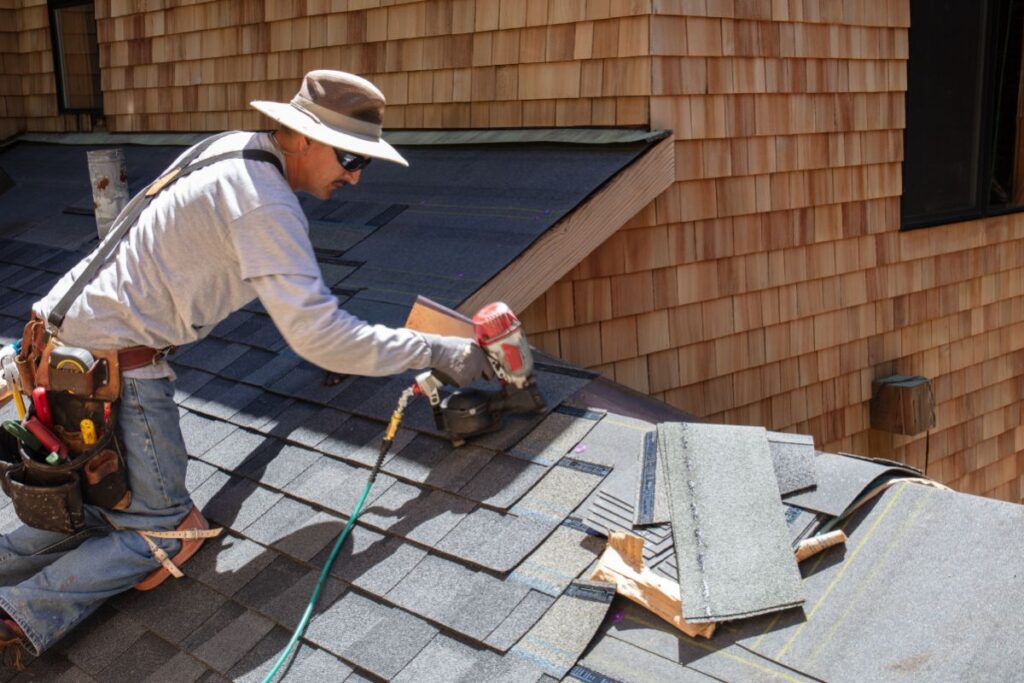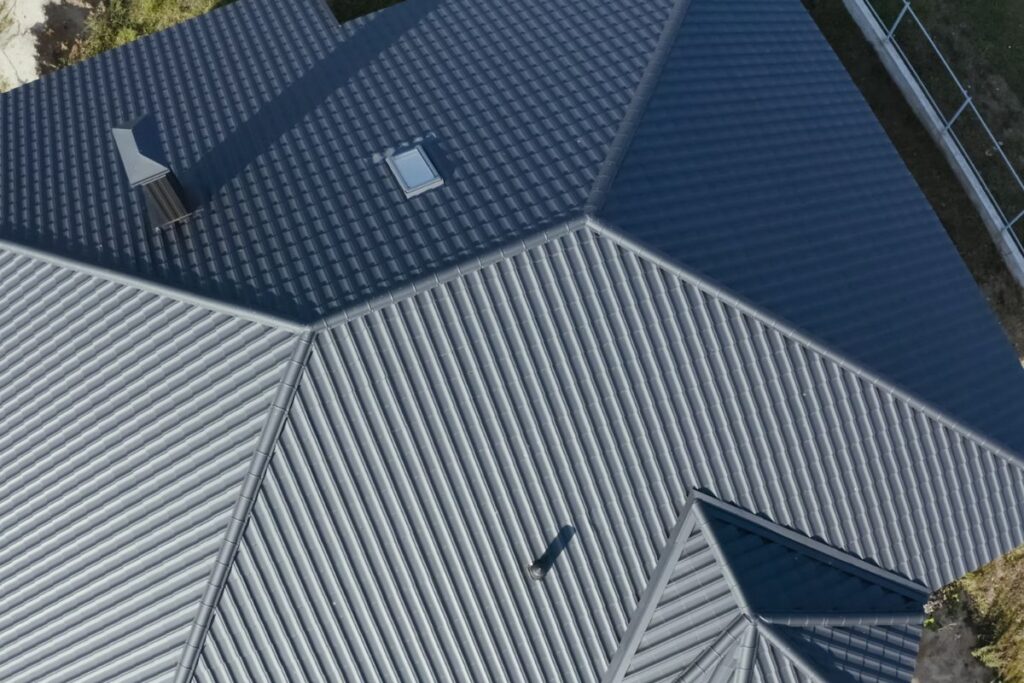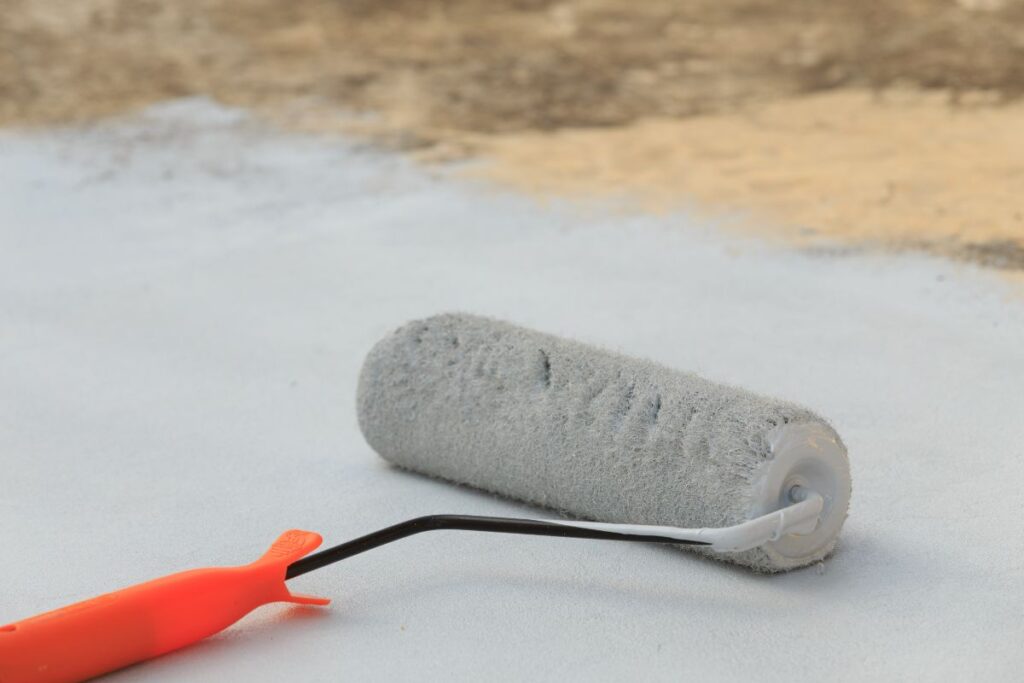Roof resurfacing and coating are popular practices that can extend the lifespan of a roof, increase its energy efficiency, and improve its aesthetic appeal. However, it’s also essential to consider the environmental impact of these procedures. Here’s how roof resurfacing and coating can impact the environment:
- Energy Efficiency
One of the main benefits of roof resurfacing and coating is increased energy efficiency. Reflective roof coatings can significantly reduce the amount of heat absorbed by a building, resulting in less energy needed for cooling, reducing the carbon footprint of the building. This not only reduces energy costs but also contributes to lower greenhouse gas emissions.
- Landfill Waste Reduction
Roof replacement often means removing the existing roof and sending the old materials to a landfill. Roof resurfacing and coating, however, extends the life of the existing roof, reducing the frequency of roof replacements and subsequently lessening landfill waste.
- Reduction in Raw Material Consumption
Since roof resurfacing and coating involve refurbishing the existing roof, the demand for new roofing materials is significantly reduced. This means less energy and resources are expended on manufacturing, transporting, and installing new roofing materials, which can have a significant environmental benefit.
- Consideration of Coating Materials
While roof coatings offer several environmental benefits, it’s important to consider the environmental impact of the coating materials themselves. Some traditional roof coatings contain volatile organic compounds (VOCs) that can harm the environment and contribute to air pollution. Opting for low-VOC or VOC-free coatings can help mitigate these effects.
- Urban Heat Island Mitigation
Urban areas often face increased temperatures compared to rural areas, a phenomenon known as the urban heat island effect. This is due, in part, to dark, heat-absorbing surfaces like traditional roofs. Reflective roof coatings can help mitigate this effect by reflecting sunlight and heat, contributing to cooler urban temperatures.
- Stormwater Management
Some roof resurfacing products are designed to be permeable, meaning they allow water to seep through into a specially designed roof structure, reducing the volume of stormwater runoff and its impact on local water systems.
In conclusion, while roof resurfacing and coating can have a significant positive environmental impact, it’s crucial to consider the materials used and choose a responsible contractor. Doing so can ensure that you’re not only taking care of your home but also doing your part to take care of the environment.


